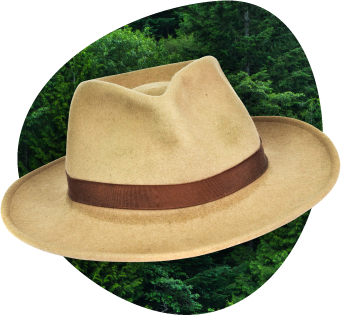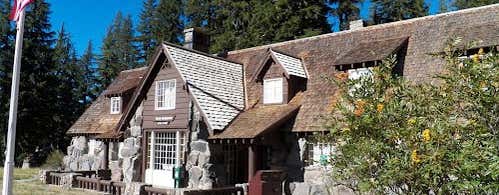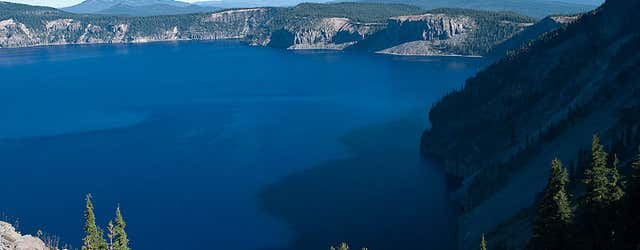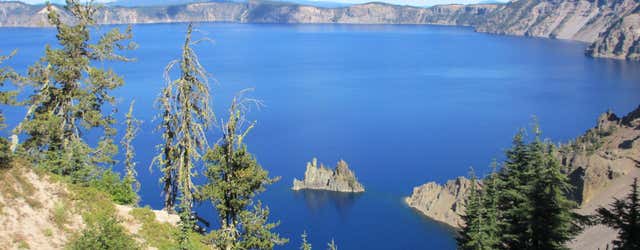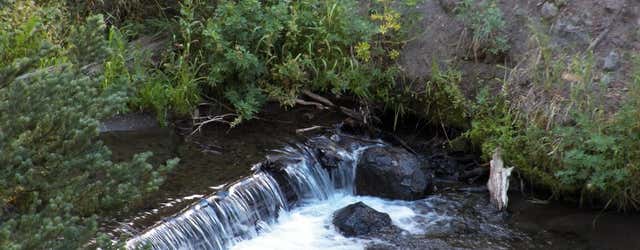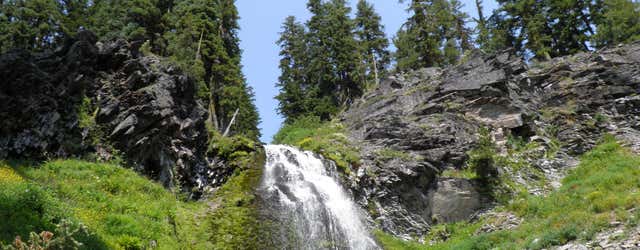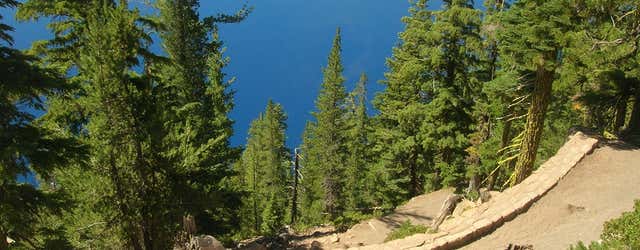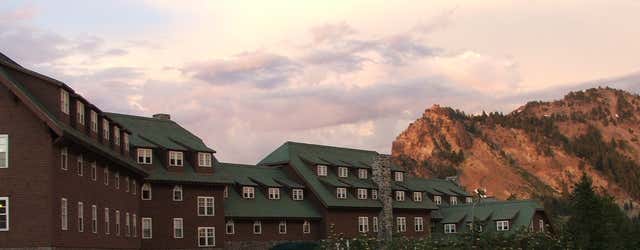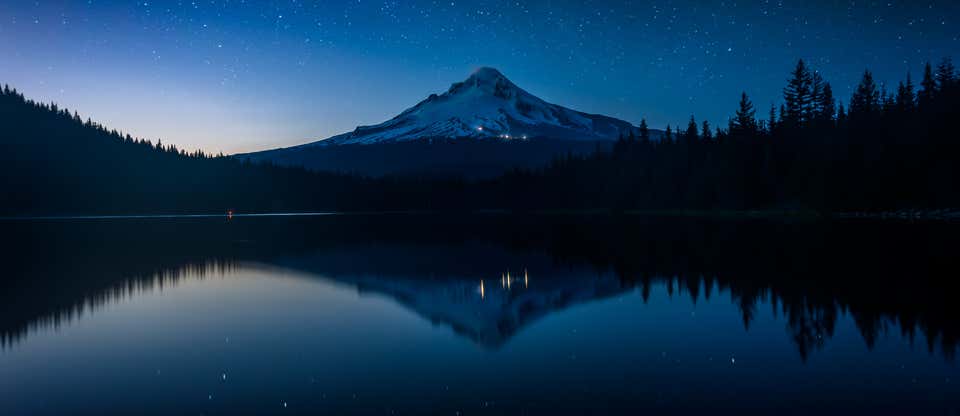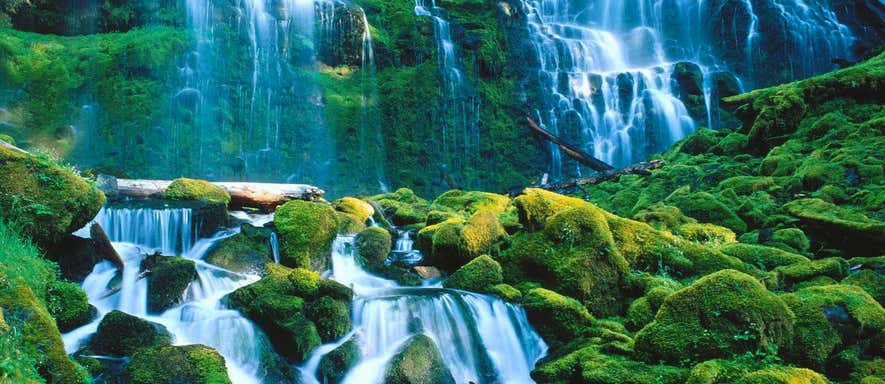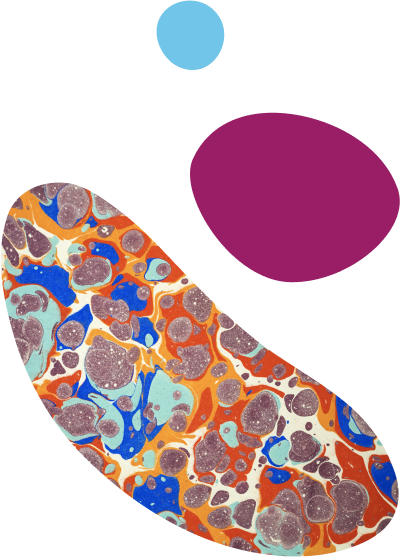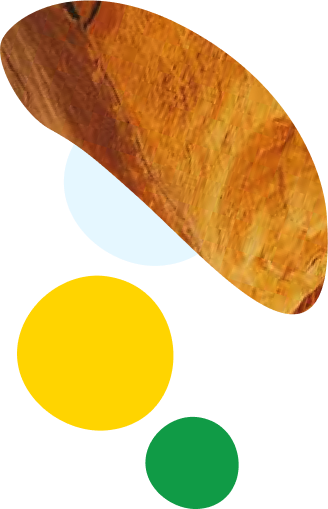Established on May 22, 1902 by President Theodore Roosevelt, Crater Lake National Park came into being before the National Park Service itself. Once the site of the towering Mount Mazama volcano, its namesake lake was formed after a violent eruption triggered the volcano’s collapse some 7,700 years ago. What remains today is the deepest lake in the United States and the ninth deepest in the world at a depth of 1,943 feet. But depth is not a full measure of what makes Crater Lake extraordinary. Because of its low temperature, isolation from other water sources, and encasement in igneous rock, Crater Lake’s astounding clarity and color are features that one can only appreciate from its banks.
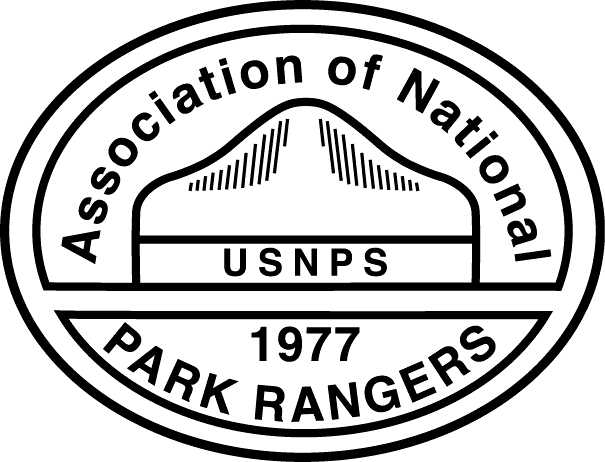
Written for you by park rangers
Planning a trip to Crater Lake National Park
Getting to Crater Lake National Park
Crater Lake National Park is located in southern Oregon and is the state’s only national park. Most visitors fly into Portland (PDX) and then drive five hours south to the park’s north entrance. Alternatively, you could take a regional flight from Portland to Medford (MFR) or Redmond (RDM) and drive about two hours to the park.
Another popular option? Fly into San Francisco (SFO) and drive north to Seattle (or the reverse direction) and explore several national parks along the way: Yosemite, Lassen Volcanic, Crater Lake, Mount Rainier, and Olympic.
Did you know that you can take a train to Crater Lake? Surprise! From July 1 through Labor Day, you can hop aboard Amtrak’s Coast Starlight and get off in Klamath Falls. Then you simply take the Crater Lake Shuttle to the park.
Timing your visit to Crater Lake National Park
The best time to visit really depends on how you want to spend your time in the park.
Summer
Looking at visitation numbers alone, you’d probably assume that Crater Lake is a summer destination. The park sees roughly 70% of its visitors between Memorial Day and Labor Day. The weather is pleasant with sunshine and 70 to 80°F temperatures. While summer storms do occur bringing both rain and – believe it or not – snow, the most common hindrance to seeing the lake is smoke from possible wildfires. On the worse days, smoke can reduce visibility to mere yards, making it nearly impossible to view the lake’s crystal blue waters.
Planning on visiting during the summer? Arrive prior to 9 a.m. to avoid the crowds.
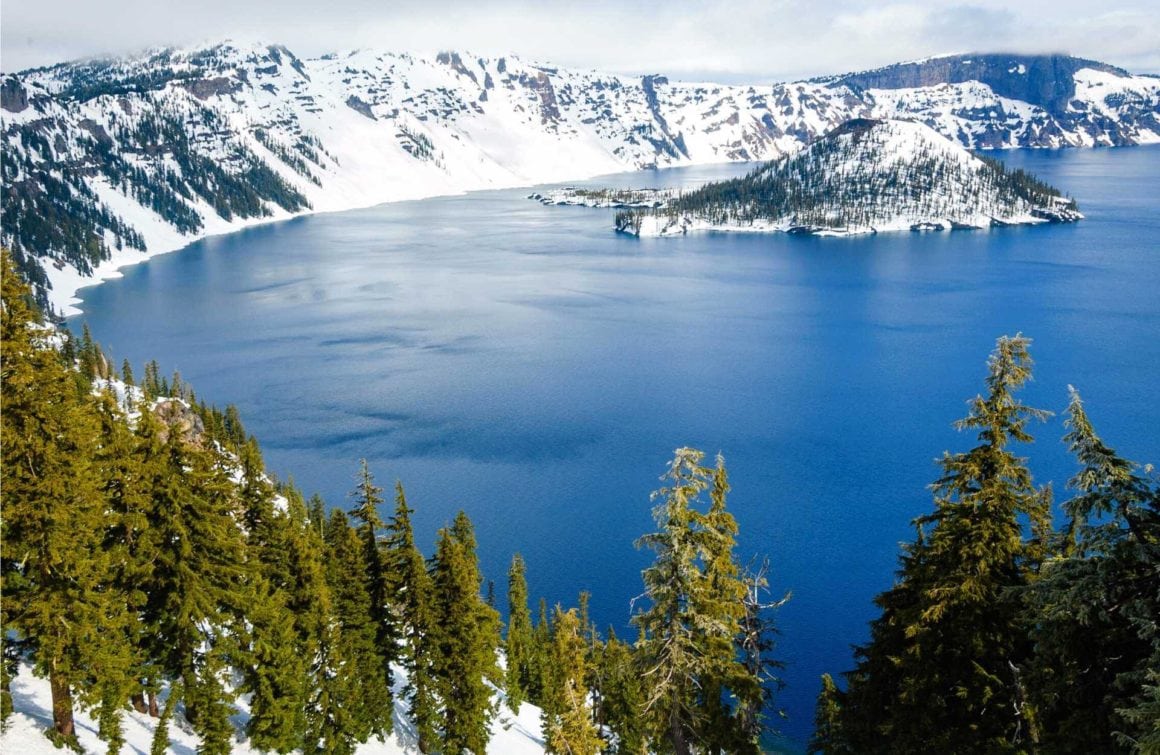
Winter
The annual average snowfall in the park is 43 feet… yes, feet! Given that the elevation of the lake’s rim is 7000 to 8000 feet, snow clouds that move through the park can completely hide the lake from view, sometimes for days at a time. Regardless, visitors can snowshoe or cross-country ski around the caldera or snowmobile on the north entrance road. Once the Rim Drive is closed for the season (typically in mid-October), you also can camp around the rim. Visit to nps.gov for information on winter backcountry camping.
Shoulder season
What’s the single best month to visit Crater Lake? We would recommend September just after Labor Day. The crowds seemingly vanish overnight, but the weather still is pretty perfect.
Remember the park’s north entrance and West Rim Drive close in mid-October and don’t reopen until mid-May at the earliest or the end of June at the latest. The East Rim Drive fully opens sometime between mid-June and late July.
Things to do in Crater Lake National Park
Visitor centers
The National Park Service operates two small visitor centers, both on the south side of the lake. Go to the Steel Visitor Center in the Park Headquarters area to view the 22-minute park film as an introduction to the geological and human history of Crater Lake. In the summer months (May-October), this visitor center is open from 9 a.m. to 5 p.m.; in the winter, it’s open from 10 a.m. to 4 p.m. Note that parking is rather limited for oversized vehicles.
The Rim Visitor Center is open May through September from 9:30 a.m. to 5 p.m. daily. Both visitor centers are staffed by rangers to answer any questions that you may have about the park. Additionally, you’ll find bookstores at each location.
Unlike other national parks, many of Crater Lake’s interpretive displays aren’t located in its visitor centers. Instead head down the stone staircase directly below the Rim Visitor Center to Sinnott Memorial Overlook. Built in the 1930s, this overlook was carved directly into the caldera wall. During the winter months, it’s buried in snow.
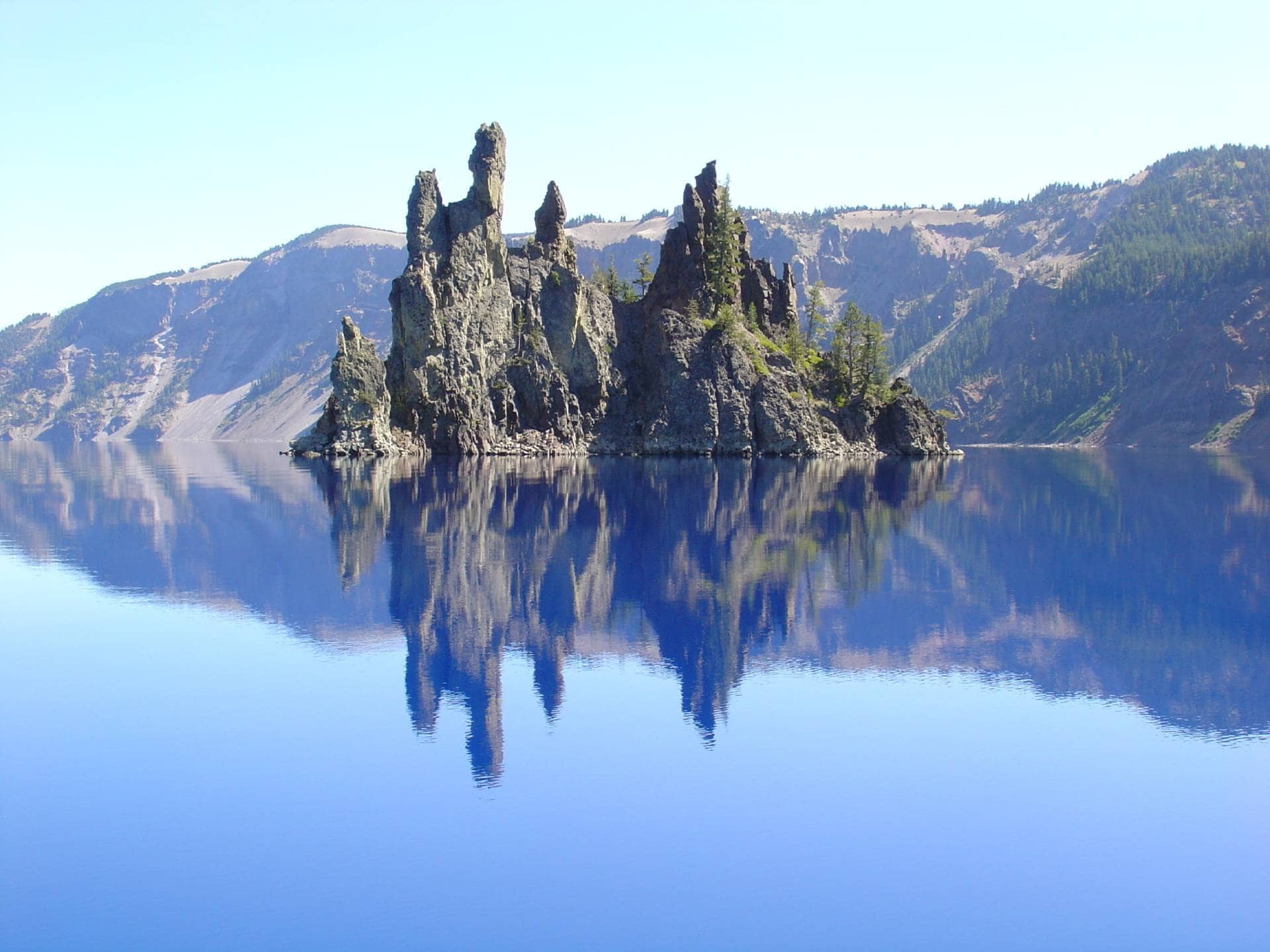
Rim Drive
Crater Lake is designed to be visited by car. Not counting the time that you’ll spend at the various viewpoints, the lake can be circumnavigated in an hour along the 33-mile Rim Drive, the highest paved road in Oregon. The full loop usually is open from late June to mid-October, depending on snowmelt. From the south entrance, the popular stopping points are (clockwise):
- Rim Village, home to Rim Visitor Center, Sinnott Memorial Overlook, and Crater Lake Lodge
- Discovery Point
- Watchman Overlook, closest viewpoint to Wizard Island
- North Junction
- Cleetwood Cove, only lake access via a strenuous, 2.2-mile (round trip) hike
- Cloudcap Overlook, highest point on Rim Drive
- Kerr Notch, best views of the Phantom Ship rock formation
- Sun Notch with an ADA-accessible trail to an overlook of the lake and Phantom Ship
If you’re skittish about heights, drive the road in a clockwise direction, so your car will be on the inside lane the entire time. Oversized vehicles like RVs should avoid driving East Rim Road.
If you want to leave the driving to someone else, take a two-hour tour on the Crater Lake Trolley with a park ranger on board to inform you about the park.
Boat tours and shuttles
You can book in advance a shuttle to Wizard Island, often the highlight of any trip to Crater Lake. To access the departure dock, you must navigate the strenuous Cleetwood Cove Trail, a descent of 700 feet. The trail is no joke; it’s the equivalent of climbing 70 stories each way! It takes about 45 minutes to hike down and more than an hour to hike back. On the 30-minute boat ride to the island, a ranger will educate you about the fascinating history of Crater Lake. Once you dock, you’ll have about three hours to explore the island, which itself is a volcanic cinder cone. Swim in the clean, refreshing (read bone-chilling!) water or hike to the top of the island where you can stand in the crater of a volcano in the crater of a volcano! (Yes, you read that correctly.) The shuttle departs twice daily at 8:30 a.m. and 11:30 a.m.
Crater Lake has an extremely fragile ecosystem. In an attempt to protect it, nothing can be brought into the lake for fear of introducing non-native species including inflatables, personal life jackets, pool noodles, rafts, snorkeling and scuba gear, and wetsuits. Approved life jackets will be distributed on the boat.
You have two other options to see Crater Lake from the water. Book the 2-hour cruise that circles the perimeter of the lake with views of Wizard Island, Phantom Ship, and other rock formations. Or opt for the Wizard Island Tour that includes the perimeter ride with three hours on the island. Both tours have multiple departures and should be reserved in advance.
Biking
Biking is incredibly popular at Crater Lake, though the Rim Drive is not for the faint of heart. Steep hills at high elevation challenge even the fittest cyclists. If you’re really hard-core, you can bike the Rim Drive early in the season while it’s still being plowed out and closed to cars. Know that fat tire bikes aren’t allowed on any winter trails.
If you’d like to bike with the family, the park offers two car-free days on a 24-mile section of the East Rim Drive.
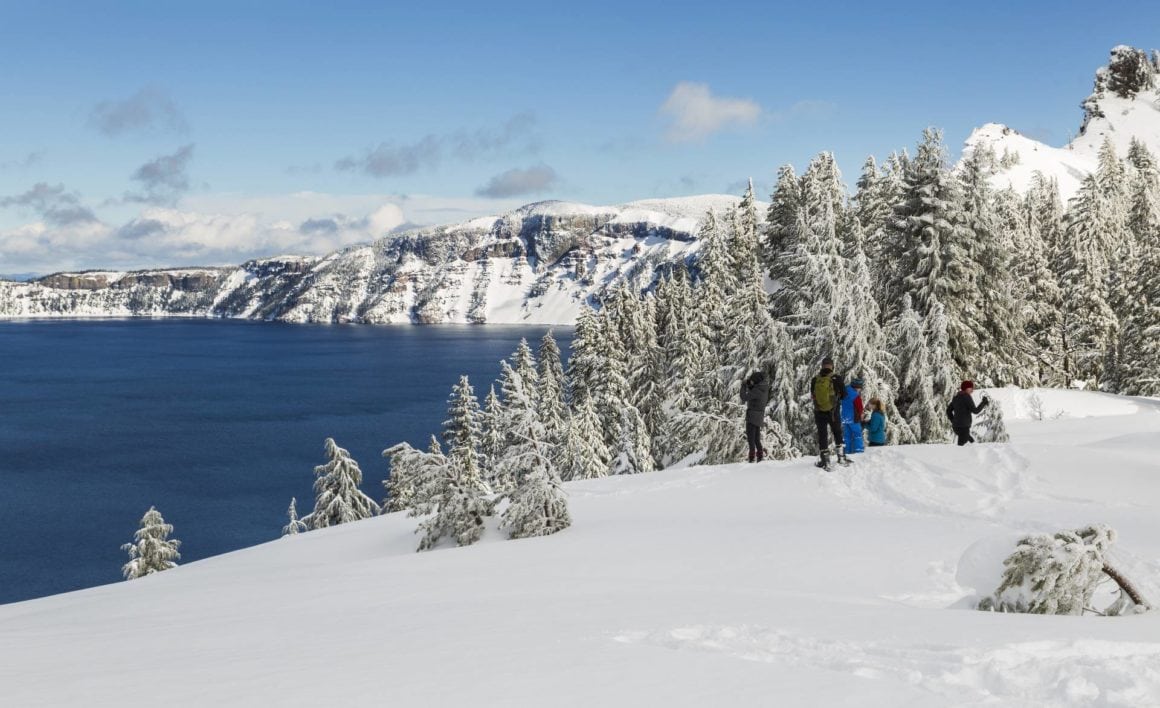
Winter activities
If you visit during the winter, you’ll likely feel as though you have all of Crater Lake’s beauty to yourself. There are several ways to experience the park: backcountry camping, cross-country skiing, downhill skiing (no lifts), sledding, snowboarding (no lifts), snowmobiling, and snowshoeing. You’ll need to provide your own equipment. Trails are not groomed, and no one is allowed in the caldera.
On the weekends and some holidays, go with a ranger on a two-hour snowshoeing walk from Rim Village. Both the tour and snowshoe rental are free! Participants must be reasonably fit and at least 8 years old. Reservations are required. Call the visitor center at (541) 594-3100.
The only road in the park that remains open during the winter is the one connecting Highway 62 to Rim Village. During snowstorms, even this stretch may be temporarily closed. Be sure to watch this winter safety video before coming. Also it’s critically important to call the visitor center at (541) 594-3100 for the latest road condition information.
Hiking in Crater Lake National Park
Crater Lake offers visitors a wide array of hikes in terms of difficulty and views.
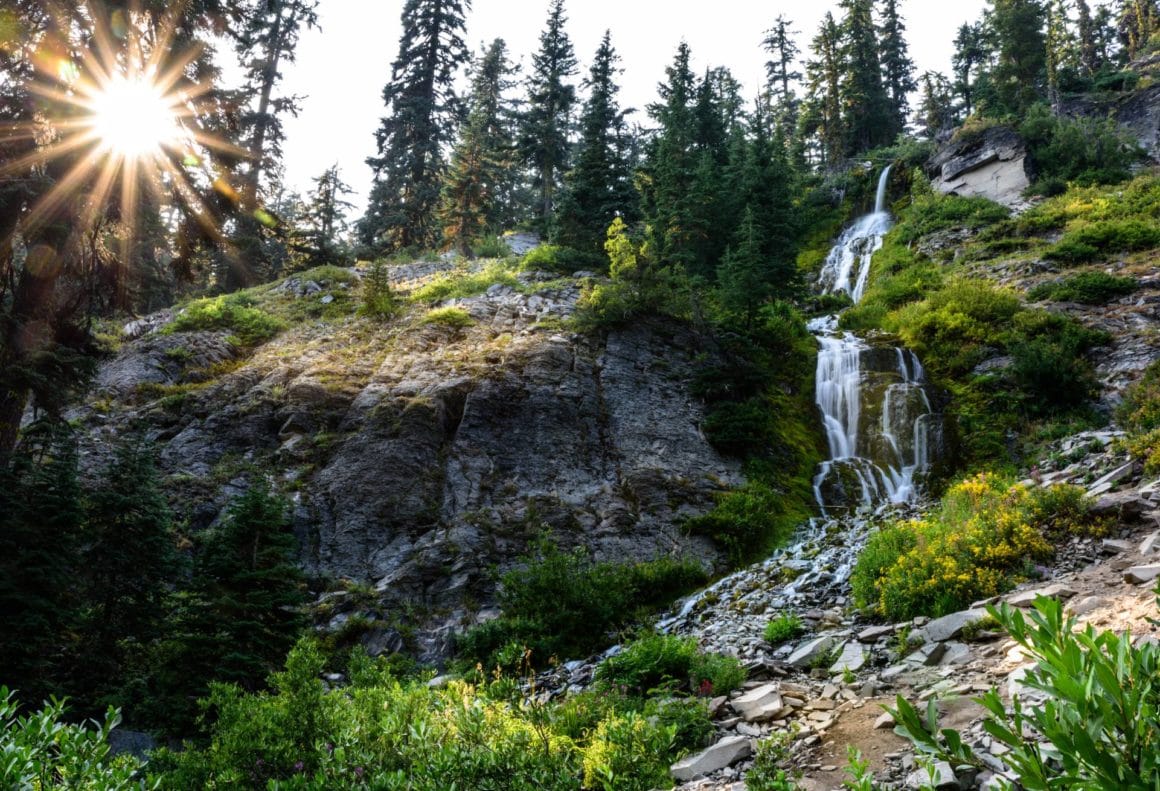
Lake access
Located on the northern edge of Crater Lake off the East Rim Road, 2.2-mile (round trip) Cleetwood Cove Trail is the only way in the park to access the water. Going down? No problem. The 700-foot vertical descent is relatively easy because of a series of switchbacks. Climbing up is a different story! It can be strenuous. As mentioned, you must hike this trail to board the boats. If you’re so inclined, bring a fishing pole as you’re welcome to fish in Crater Lake (but not Sun or Lost Creeks) as all the fish are invasive.
Parking is extremely limited here, so arrive early in the day.
Peaks
Watchman Peak Trail
Watchman Peak Trail is a 1.6-mile (round trip) trail from Watchman Overlook to the Watchman Fire Tower that boasts spectacular, panoramic views of the lake and Wizard Island. The Mount Scott Trail is a longer (4.6 miles round trip), more challenging trail. After about two hours, you’ll find yourself on the highest peak in the park, just under 9,000 feet.
Waterfalls
If you’re looking to explore away from the lake, hike the relatively easy, 2-mile (round trip) trail through old-growth forests to Plaikni Falls. The initial segment of this trail is ADA-compliant, though due to the terrain, the section leading up to the actual waterfalls is not.
Dog-Friendly
While dogs don’t have free rein in the park, there are a few dog-friendly trails including Godfrey Glen. This trail, roughly halfway between the south entrance and the Steel Visitor Center, is an easy, relatively flat trail with great views of the park’s pinnacle rock formations. And because it’s at a lower elevation, the snow here tends to melt sooner. Unfortunately, none of the pet-friendly trails have lake views. Dogs must be leashed.
Staying in and around Crater Lake
While possible, spending the night in the park is limited to just a few locations.
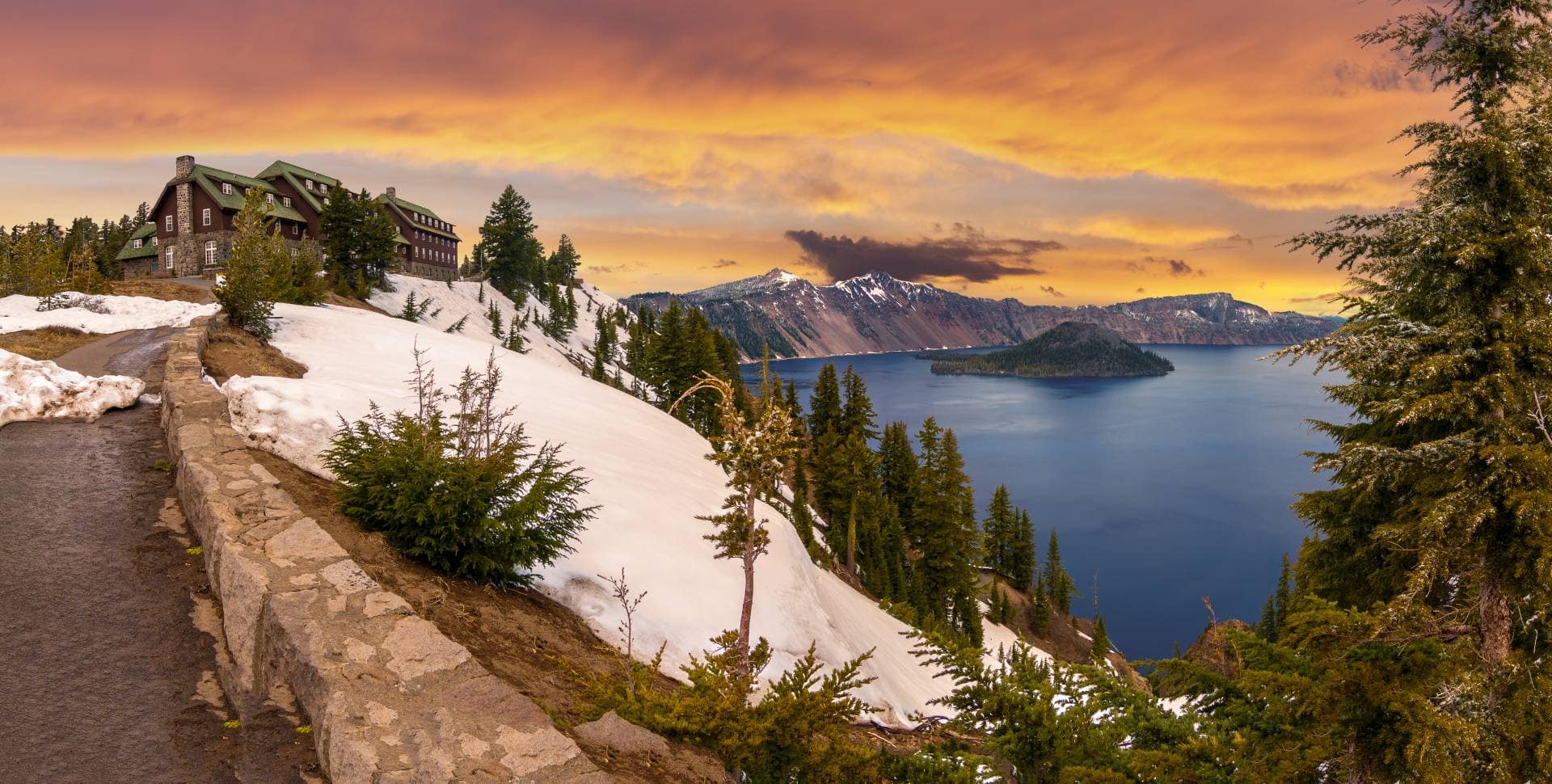
Lodge & cabins
Opened in 1915, historic Crater Lake Lodge has a front row seat to the lake’s ever-changing display of turquoise, sapphire, and midnight blue hues. While the lodge has been completely remodeled, it maintains its original grandeur. Admittedly, the rooms themselves are basic and priced at a premium. If you’d like to stay, reserve early. Even if you’re not a guest, make sure to walk through the impressive Great Hall.
Some rooms are only equipped with a bathtub; if you prefer a shower, make sure to request it. There are no phones or televisions, but you do have free Wi-Fi.
The Cabins at Mazama Village are located near the park’s south entrance.
Campgrounds
Mazama Campground is the main campground in the park and the only one that accepts RVs. You’ll find a restaurant, camp store, showers, and some sites with full hookups. It’s a short camping season from mid-June to mid-September. All sites in June are available only on a first-come, first-served basis. In July, August, and September, 75% of the sites can be reserved in advance. The other 25% are first come, first served. During those peak months, you’ll want to make a reservation as the campground will fill up.
Lost Creek is a small, 16-site campground on the remote east side of the park which usually opens by early July and closes by mid-October. It’s entirely first come, first served and has no services. During July and August, sites typically fill by noon.
Other lodging outside of the park includes Aspen Inn, Diamond Lake Resort, Prospect Historic Hotel, and Union Creek Resort.
Eating in and around Crater Lake
If you’re looking for a place to eat in the park, your options are pretty limited.
Rim Village
The Crater Lake Lodge Dining Room offers upscale dining with spectacular lake views. If you don’t want to splurge on a full dinner, you can order soup and other light offerings in the Great Hall or take drinks out onto the patio. The Rim Village Cafe serves to-go salads, sandwiches, and soups.
Mazama Village
Annie Creek Restaurant is a sit-down dining option for breakfast sandwiches, burgers, and pizza. The campground store sells snacks and beverages. It’s a great place to grab an ice cream bar on your way out of the park.
Outside the park
If we only could recommend one place to eat during your visit to Crater Lake, it—without a doubt—would be Beckie’s Cafe at Union Creek Resort, located 25 minutes west of Mazama Village on Highway 230. Don’t rely on your cell phone to get you here; ask a local for directions. It’s the quintessential place to eat after a long day at the park. Beckie’s Cafe is home to some of the best burgers that you’ll find anywhere. More importantly, save room for pie, made fresh daily. While they’re all worth trying (and we have tried them all), the Very Berry and Pecan are our favorites and are available year-round.
If you visit in September, you’ll be here for huckleberry pie season. That’s just another reason to visit Crater Lake after Labor Day.
Other places to eat include Prospect Hotel Dinner House towards Medford and South Shore Pizza in Diamond Lake near the north entrance.
How many days should you plan to spend in Crater Lake National Park?
While much of Crater Lake can be enjoyed in a single day, there are some rather unique experiences that you’ll need to stay overnight to fully appreciate. First, wake up early in the morning to see Crater Lake after an exceptionally calm night when the water perfectly mirrors its surroundings. Then stay up late to see the stunning night sky above the lake, devoid of most of the light pollution.
But if you only have one day to experience Crater Lake, here’s a solid plan:
- Enter through the south entrance around 8 a.m. and hike Godfrey Glen Trail to see The Pinnacles.
- When the Steel Visitor Center opens at 9 a.m., stop and watch the park film for an overview of the area’s history.
- Before it gets too busy at Rim Village, check out the Sinnott Overlook and then drive the West Rim Drive, stopping at viewpoints along the way.
- If you have the stamina, venture down Cleetwood Cove Trail to witness the exquisite color and clarity of the water firsthand.
- Finish your drive around East Rim Drive where you can stop at Kerr and Sun Notch for views of Phantom Ship.
- End your day by stopping at Beckie’s Cafe for a well-deserved slice of pie.
Trip guides
Looking for how to work Crater Lake into a longer trip? Here’s a couple of ideas.
Image header credit: Shutterstock

